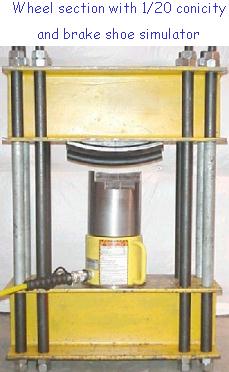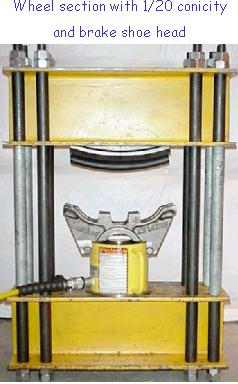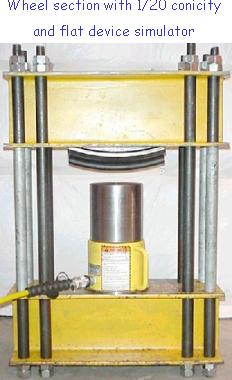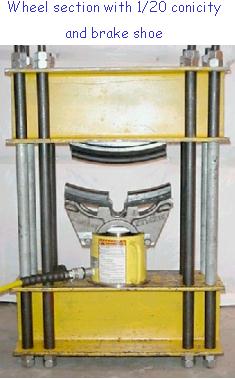Smart Shoe™ Technology Certifications and Credentials
Related Standards
Abbreviations
AAR = Association of American Railroads
MSRP = Manual of Standards and Recommended Practices
S = Standard
RP = Recommended Practice
AAR Standards & Rules
S-401: Freight Car Brake Design Requirements
RP-509 & RP-5209: Braking Ratios for Locomotives
S-486: Code of Air Brake System Tests for Freight Equipment
S-475: Specifications for Geared Hand Brakes
S-044: Single Car Testing Device. Code of tests for Passenger and Freight Equipment
S-474: Slack Adjuster Endurance and Efficiency Test Procedure
S-4024: Brake Shoe Force Measurement Devices - Perfomance Specification
M-1003: Quality Assurance
Rule 88: Field Manual of the Interchange Rules
UIC Leaflets
547: Brakes - Air brake - Standard program of tests: Brakes - Disc brakes and disc brake pads - General conditions governing bench tests
540: Brakes - Brakes - Air brakes for freight trains and passenger trains
544-1: Brakes - Braking power
ISO Standards 9001: Quality Assurance
USA Patent 6,662,641, December 16, 2003
METHOD AND DEVICE TO MEASURE THE BRAKE FORCE FOR RAILROAD VEHICLES
The authors
Mr. Romel SCORTEANU from Montreal, CANADA
Mr. Alexandru POPISTAS from Montreal, CANADA
Mr. Alexandru POPISTAS from Montreal, CANADA
Intellectual property
The Smart Shoe™ family products are:
entirely by Romell Inc. professional team
field of the invention
The present invention relates to a method to measure the brake force for railroad vehicles and it relates also to a portable device to measure the brake force for railroad vehicles according to the above-mentioned method. More specifically the present invention is related to a method to measure the brake force for railroad vehicles without replacing the brake shoe, brake pad or any other component of the braking system and to display the measured value directly in force units
AAR Approval
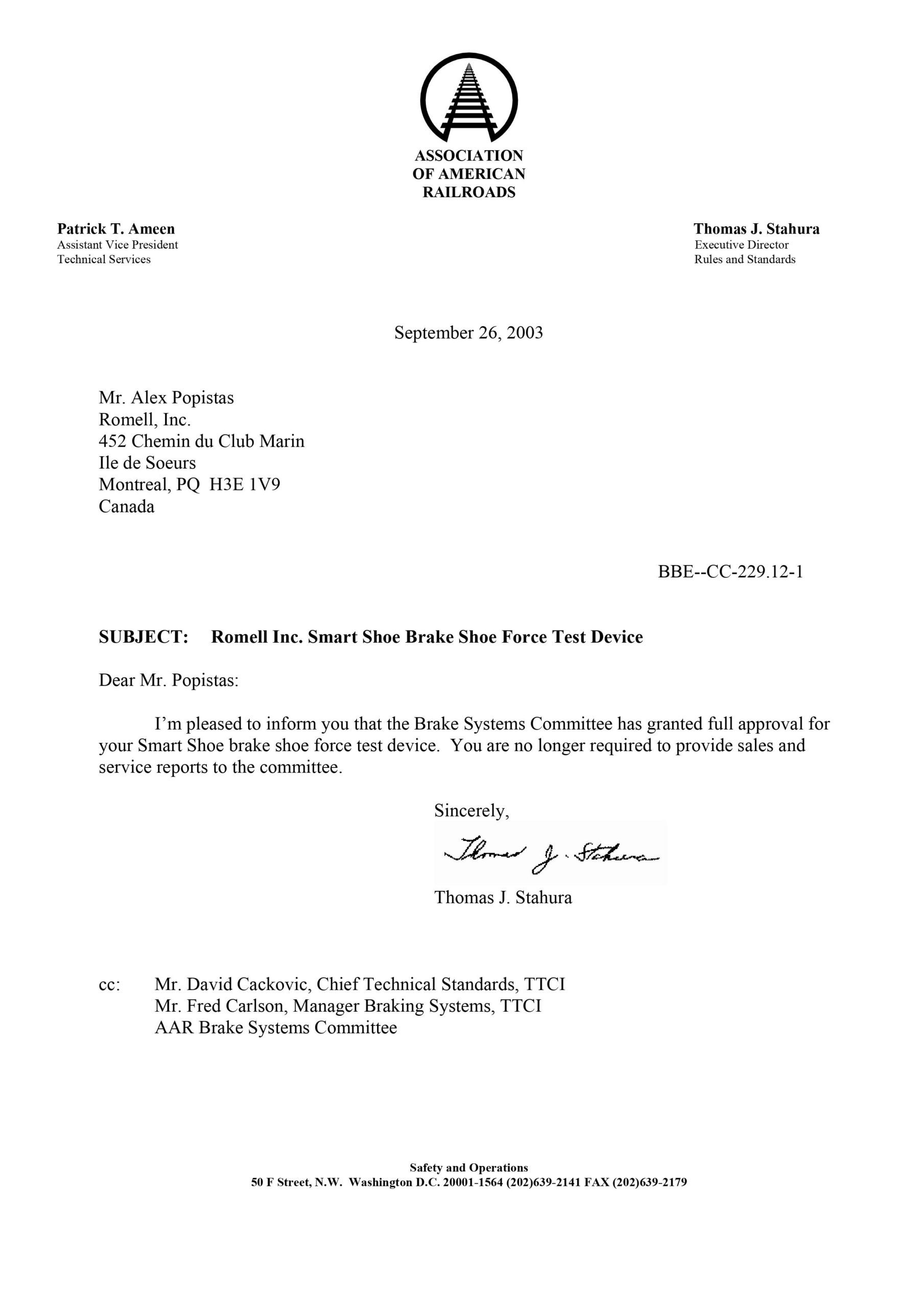
Calibration
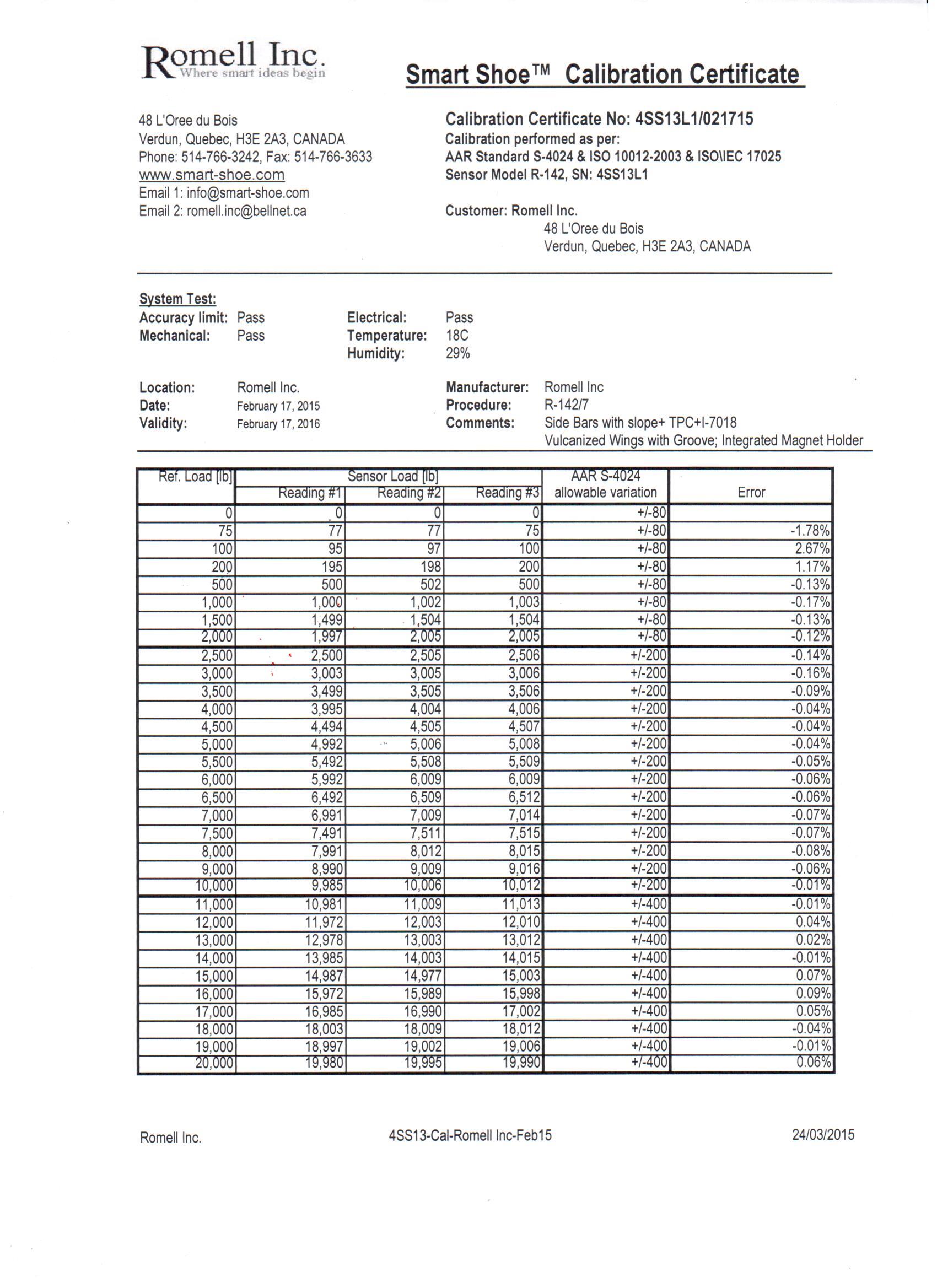
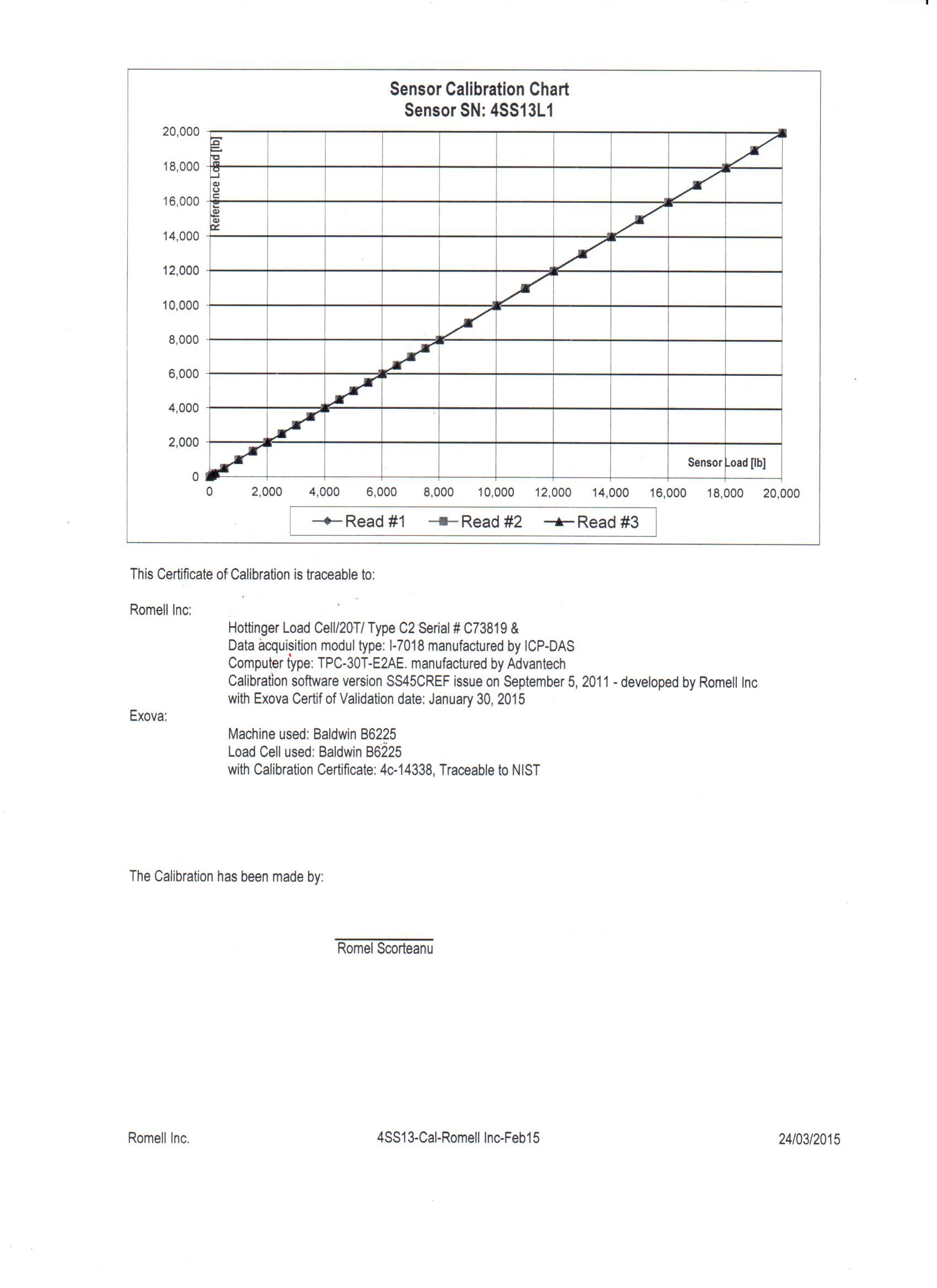
Calibration Frame Combinations
